Wind River Workbench (VxWorks Version) User's Guide, 3.0
Contents
Part I Introduction
1 Overview
1.1 Introduction
1.2 Wind River Documentation
1.3 Road Map to the Wind River Workbench User’s Guide
1.4 Understanding Cross-Development Concepts
1.4.1 Hardware in a Cross-Development Environment
1.5 Basic Eclipse Concepts
1.5.1 Window
1.5.2 Workspace
1.5.3 Perspectives
1.5.4 Views
1.5.5 Editors
1.5.6 Projects
1.6 Accessing and Searching Workbench Context-Sensitive Help
1.6.1 Searching for Information in the Documentation
1.6.2 Refining a Search
2 Wind River Workbench Tutorials
2.1 Introduction
2.2 Starting Wind River Workbench
2.3 Tutorial: Creating a Project and Running a Program
2.3.1 Before You Begin
2.3.2 Creating a Project
2.3.3 Importing Source Files Into Your Project
2.3.4 Building Your Project
2.3.5 Creating a Connection Definition to the VxWorks simulator
2.3.6 Downloading the Program and Attaching the Debugger
2.3.7 Setting Up the Device Debug Perspective
2.3.8 Setting and Running to a Breakpoint
2.3.9 Modifying the Breakpoint
2.4 Tutorial: Editing and Debugging Source Files
2.4.1 Before You Begin
2.4.2 Introducing an Error into the Source Code
2.4.3 Tracking Down a Build Failure
2.4.4 Displaying File History
2.4.5 Rebuilding the Project
2.5 Tutorial: Using the Editor’s Code Development Features
2.5.1 Using Code Completion to Add Symbols to Your File
2.5.2 Using Parameter Hints
2.5.3 Using Bracket Matching to Clarify Syntax
2.5.4 Finding Symbols in Source Files
2.6 Tutorial: Tracking Items of Interest in Your Files
2.6.1 Creating a Bookmark on a Source Line in a File
2.6.2 Locating and Viewing Your Bookmarks
2.7 Tutorial: Using Workbench to Debug a VxWorks 5.5.x Target
2.7.1 Before You Begin
2.7.2 Creating a Project
2.7.3 Creating a VxWorks 5.5.x Target Server Connection
2.7.4 Launching a Kernel Task and Attaching the Debugger
2.7.5 Setting and Running to a Breakpoint
2.7.6 System Mode Debugging
2.7.7 Using Core Dump Files
2.7.8 Using Already Available Tornado 2.x Projects
3 Setting Up Your Development Environment
3.1 Introduction
3.1.1 Overview of Host and Target Configuration Tasks
3.1.2 Understanding Target Servers and Target Agents
3.2 Configuring Your Cross-Development System
3.2.1 Configuring Host Software
3.2.2 Verifying Serial Setup and Power
3.3 Setting Up a Boot Mechanism
3.4 Booting VxWorks
3.4.1 Default Boot Process
3.4.2 Entering New Boot Parameters
3.4.3 Boot Program Commands
3.4.4 Description of Boot Parameters
3.4.5 Booting With New Parameters
3.4.6 Alternate Boot Methods
3.4.7 Rebooting VxWorks
3.5 Configuring Host-Target Communication for Workbench
3.5.1 Ethernet Connections
3.5.2 Serial-Line Connections
3.6 Troubleshooting VxWorks Problems
Part II Projects
4 Projects Overview
4.1 Introduction
4.2 Workspace/Project Location
4.3 Creating New Projects
4.3.1 Subsequent Modification of Project Creation Wizard Settings
4.3.2 Projects and Application Code
4.4 Overview of Preconfigured Project Types
4.4.1 Workbench Sample Projects
4.4.2 VxWorks Image Project
4.4.3 VxWorks Boot Loader/BSP Project
4.4.4 VxWorks Downloadable Kernel Module Project
4.4.5 VxWorks Real-time Process Project
4.4.6 VxWorks Shared Library Project
4.4.7 VxWorks ROMFS File System Project
4.4.8 User-Defined Projects
4.4.9 Native Application Project
4.5 Projects and Project Structures
4.5.1 Adding Subprojects to a Project
4.5.2 Project Structures and Host File System Directory Structure
4.5.3 Project Structures and the Build System
4.5.4 Project Structures and Sharing Subprojects
4.5.5 Customizing Build Settings for Shared Subprojects
4.6 Project-Specific Execution Environments
4.6.1 Using a project.properties file with a Shell
4.6.2 Limitations When Using project.properties Files
5 Creating VxWorks Image Projects
5.1 Introduction
5.2 Creating a VxWorks Image Project
5.2.1 Specifying a Non-Default Driver
5.3 Importing and Migrating VxWorks Image Projects
5.3.1 Upgrading to a New Version of Workbench
5.3.2 Upgrading to a New Version of VxWorks
5.4 Importing Command Line-Generated or Prebuilt VIPs
5.5 Configuring Kernel Components
5.5.1 The Kernel Configuration Editor Display
5.5.2 Using the Kernel Configuration Editor
5.6 VxWorks Image Projects in the Project Explorer
5.6.1 Global Project Nodes
5.6.2 Project Build Specs and Target Nodes
5.6.3 Build Output Folders
5.6.4 Makefile Nodes
5.6.5 Project File Nodes
5.7 Adding Application Projects to the VxWorks Image Project
5.8 Notes on Board Support Packages (BSPs)
5.8.1 Using the Simulator BSP
5.8.2 Using a Wind River BSP
5.8.3 Using a Custom BSP for Custom Hardware
6 Creating Boot Loader/BSP Projects
6.1 Introduction
6.2 Creating a Boot Loader/BSP Project
6.3 Creating a Customized Boot Loader
6.3.1 Selecting Boot Loader Drivers
6.4 Creating a Customized BSP
6.5 Boot Loader/BSP Projects in the Project Explorer
6.5.1 Global Project Nodes
6.5.2 Project Build Specs and Target Nodes
6.5.3 Makefile Nodes
6.5.4 Other Project Description Files
7 Creating VxWorks ROMFS File System Projects
7.1 Introduction
7.2 Creating a VxWorks ROMFS File System Project
7.3 Configuring the VxWorks ROMFS File System
7.4 VxWorks ROMFS File System Projects in the Project Explorer
7.4.1 Global Project Nodes
7.4.2 Project File Nodes
8 Creating VxWorks Real-time Process Projects
8.1 Introduction
8.2 Creating a VxWorks Real-time Process Project
8.3 Configuring VxWorks Real-time Process Projects
8.3.1 Configuring Build Support and Specs
8.3.2 Configuring Build Tools
8.3.3 Configuring Build Macros
8.3.4 Configuring Build Paths
8.4 VxWorks Real-time Process Projects in the Project Explorer
8.4.1 Global Project Nodes
8.4.2 Project Build Specs and Target Nodes
8.4.3 Makefile Nodes
8.4.4 Project File Nodes
8.5 Application Code for a VxWorks Real-time Process Project
8.6 Linking to VxWorks and Using Shared Libraries
8.7 Troubleshooting Execution of RTPs
9 Creating VxWorks Shared Library Projects
9.1 Introduction
9.2 Creating a VxWorks Shared Library Project
9.3 Configuring VxWorks Shared Library Projects
9.3.1 Configuring Build Support and Specs
9.3.2 Configuring Build Tools
9.3.3 Configuring Build Macros
9.3.4 Configuring Build Paths
9.4 Shared Libraries in the Project Explorer
9.4.1 Global Project Nodes
9.4.2 Target Node
9.4.3 Makefile Nodes
9.4.4 Project File Nodes
9.5 Source Code for the Shared Library
9.6 Making Shared Libraries Available to Applications
9.6.1 Configuring the Application Projects
10 Creating VxWorks Downloadable Kernel Module Projects
10.1 Introduction
10.2 Creating a VxWorks Downloadable Kernel Module Project
10.3 Configuring VxWorks Downloadable Kernel Module Projects
10.3.1 Configuring Build Support and Specs
10.3.2 Configuring Build Tools
10.3.3 Configuring Build Macros
10.3.4 Configuring Build Paths
10.4 Downloadable Kernel Modules in the Project Explorer
10.4.1 Global Project Nodes
10.4.2 Project Build Specs and Target Nodes
10.4.3 Makefile Nodes
10.4.4 Project File Nodes
10.5 Application Code for a VxWorks DKM Project
11 Creating User-Defined Projects
11.1 Introduction
11.2 Creating and Maintaining Makefiles
11.3 Creating a User-Defined Project
11.4 Configuring a User-Defined Project
11.4.1 Configuring Build Support
11.4.2 Configuring Build Targets
11.4.3 Configuring Build Specs
11.4.4 Configuring Build Macros
11.5 Creating a User-Defined Project to Build VxWorks Sources
11.6 Creating an Application for VxWorks
11.7 Debugging Source
12 Creating Native Application Projects
12.1 Introduction
12.2 Creating a Native Application Project
12.3 Configuring Native Application Projects
12.3.1 Configuring Build Support and Specs
12.3.2 Configuring Build Tools
12.3.3 Configuring Build Macros
12.3.4 Configuring Build Paths
12.4 Native Applications in the Project Explorer
12.4.1 Global Project Nodes
12.4.2 Project Build Specs and Target Nodes
12.4.3 Makefile Nodes
12.4.4 Project File Nodes
12.5 Application Code for a Native Application Project
13 Working in the Project Explorer
13.1 Introduction
13.2 Creating Projects
13.3 Adding Application Code to Projects
13.3.1 Importing Resources
13.3.2 Adding New Files to Projects
13.4 Opening and Closing Projects
13.4.1 Closing a Project
13.5 Scoping and Navigation
13.6 Moving, Copying, and Deleting Resources and Nodes
13.6.1 Resources and Logical Nodes
13.6.2 Manipulating Files
13.6.3 Manipulating Project Nodes
13.6.4 Manipulating Target Nodes
13.7 Parsing Binary Images
14 Advanced Project Scenarios
14.1 Introduction
14.2 Resource Locations
14.3 Multiple, Unrelated Software Systems
14.3.1 Using Different Workspaces for Different Systems
14.3.2 Using the Same Workspace for Different Software Systems
14.4 Complex Project Structures
14.4.1 Project Assumptions
14.4.2 Infrastructure Design
14.4.3 Development
14.4.4 Finalization
Part III Development
15 Navigating and Editing
15.1 Introduction
15.2 Wind River Workbench Context Navigation
15.2.1 Symbol Browsing
15.2.2 The Outline View
15.2.3 The File Navigator
15.3 The Editor
15.3.1 Code Templates
15.3.2 Configuring a Custom Editor
15.3.3 Building Projects from the Editor
15.4 Search and Replace
15.4.1 Initiating Text Retrieval
15.5 Source Analysis
15.5.1 Setting Indexer Preferences
15.5.2 Sharing Source Analysis Data with a Team
16 Building Projects
16.1 Introduction
16.2 Configuring Managed Builds
16.3 Configuring User-Defined Builds
16.4 Accessing Build Properties
16.4.1 Workbench Global Build Properties
16.4.2 Project-specific Build Properties
16.4.3 Folder, File, and Build Target Properties
16.4.4 Multiple Target Operating Systems and Versions
16.5 Build Specs
16.5.1 Regenerating Build Spec Cache Information
16.6 Makefiles
16.6.1 Derived File Build Support
17 Building: Use Cases
17.1 Introduction
17.2 Adding Compiler Flags
17.2.1 Add a Compiler Flag by Hand
17.2.2 Add a Compiler Flag with GUI Assistance
17.3 Building Applications for Different Boards
17.4 Creating Library Build-Targets for Testing and Release
17.5 Architecture-Specific Implementation of Functions
17.6 Executables that Dynamically Link to Shared Libraries
17.7 User-Defined Build-Targets in the Project Explorer
17.7.1 Custom Build-Targets in User-Defined Projects
17.7.2 Custom Build-Targets in Workbench Managed Projects
17.7.3 User Build Arguments
17.8 A Build Spec for New Compilers and Other Tools
17.9 Developing on Remote Hosts
17.9.1 General Requirements
17.9.2 Remote Build Scenarios
17.9.3 Setting Up a Remote Environment
17.9.4 Building Projects Remotely
17.9.5 Running Applications Remotely
17.9.6 Rlogin Connection Description
17.9.7 SSH Connection Description
Part IV Target Management
18 Connecting to Targets
18.1 Introduction
18.2 The Remote Systems View
18.3 Defining a New Connection
18.4 Establishing a Connection
18.4.1 Assumptions
18.4.2 Connecting to the Target
18.4.3 Downloading an Output File
18.4.4 Specifying an Object File
18.4.5 The Kernel Shell
18.5 The Registry
18.5.1 Launching the Registry
18.5.2 Remote Registries
18.5.3 Shutting Down the Registry
18.5.4 Changing the Default Registry
19 New Target Server Connections
19.1 Introduction
19.2 Defining a New Target Server Connection
19.2.1 Wind River Target Server
19.2.2 Target Server Connection Page
19.2.3 Object Path Mappings Page
19.2.4 Target State Refresh Page
19.2.5 Connection Summary Page
19.3 Kernel Configuration
20 New VxWorks Simulator Connections
20.1 Introduction
20.2 Defining a New Wind River VxWorks Simulator Connection
20.2.1 VxWorks Boot Parameters Page
20.2.2 VxSim Memory Options Page
20.2.3 VxWorks Simulator Miscellaneous Options Page
20.2.4 Target Server Options Page
Part V Debugging
21 Launching Programs
21.1 Introduction
21.2 Launching a Kernel Task or a Process
21.2.1 Defining the Target Connection
21.2.2 Defining the Kernel Task or Process to Run
21.2.3 Specifying a Build Target to Download
21.2.4 Specifying the Projects to Build
21.2.5 Defining Debug Behavior
21.2.6 Specifying Where Workbench Should Look for Source Files
21.2.7 Configuring Access Methods
21.2.8 Using Your Launch Configuration
21.3 Reset & Download: Hardware Debugging Launches
21.4 Launching a Native Application
21.4.1 Specifying the Location and Arguments for Your Application
21.4.2 Specifying Remote Settings
21.4.3 Setting Environment Variables
21.4.4 Configuring Access Methods
21.4.5 Running Your Native Application
21.5 Relaunching Recently Run Programs
21.5.1 Reusing Existing Launch Configurations
21.5.2 Increasing the Size of the Launch History List
21.6 Controlling Multiple Launches
21.7 Launches and the Console View
21.8 Using Attach-to-Target Launches
21.8.1 Attaching the Debugger to a Running Task or Process
21.8.2 Attaching the Debugger to the Kernel
21.8.3 Attaching the Kernel in Task Mode
21.8.4 Attaching the Kernel in System Mode
21.9 Suggested Workflow
22 Managing Breakpoints
22.1 Introduction
22.2 Types of Breakpoints
22.2.1 Line Breakpoints
22.2.2 Expression Breakpoints
22.2.3 Hardware Breakpoints
22.3 Manipulating Breakpoints
22.3.1 Importing Breakpoints
22.3.2 Exporting Breakpoints
22.3.3 Refreshing Breakpoints
22.3.4 Disabling Breakpoints
22.3.5 Removing Breakpoints
22.4 Limitations on Breakpoints During SMP Task Debugging
23 Debugging Projects
23.1 Introduction
23.2 Using the Debug View
23.2.1 Understanding the Debug View Display
23.3 Stepping Through a Program
23.4 Using Debug Modes
23.4.1 Setting and Recognizing the Debug Mode of a Connection
23.4.2 Debugging Multiple Target Connections
23.4.3 Disconnecting and Terminating Processes
23.4.4 Configuring Debug Settings for a Custom Editor
23.5 Understanding Source Lookup Path Settings
23.6 Using the Disassembly View
23.6.1 Opening the Disassembly View
23.6.2 Understanding the Disassembly View Display
23.7 Using the Kernel Objects View
23.7.1 Understanding the Kernel Objects View Display
23.8 Run/Debug Preferences
24 Troubleshooting
24.1 Introduction
24.2 Startup Problems
24.2.1 Pango Error on Linux
24.3 General Problems
24.3.1 Java Development Tools (JDT) Dependency
24.3.2 Help System Does Not Display on Solaris or Linux
24.3.3 Help System Does Not Display on Windows
24.3.4 Removing Unwanted Target Connections
24.4 Error Messages
24.4.1 Project System Errors
24.4.2 Build System Errors
24.4.3 Remote Systems View Errors
24.4.4 Getting an S_rtp_INVALID_FILE Error When Trying to Execute an RTP
24.4.5 Launch Configuration Errors
24.4.6 Debugger Errors
24.4.7 Source Analysis Errors
24.5 Troubleshooting VxWorks Configuration Problems
24.5.1 What to Check
24.6 Error Log View
24.7 Error Logs Generated by Workbench
24.7.1 Creating a ZIP file of Logs
24.7.2 Eclipse Log
24.7.3 DFW GDB/MI and Debug Tracing Logs
24.7.4 Debugger Views GDB/MI Log
24.7.5 Debugger Views Internal Errors Log
24.7.6 Debugger Views Broadcast Message Debug Tracing Log
24.7.7 Target Server Output Log
24.7.8 Target Server Back End Log
24.7.9 Target Server WTX Log
24.7.10 Remote Systems Debug Tracing Log
24.8 Technical Support
Part VI Using Workbench with Other Tools
25 Integrating Plug-ins
25.1 Introduction
25.2 Finding New Plug-ins
25.3 Incorporating New Plug-ins into Workbench
25.3.1 Creating a Plug-in Directory Structure
25.3.2 Installing a ClearCase Plug-in
25.4 Using the Eclipse Update Manager to Install JDT
25.5 Disabling Plug-in Functionality
25.6 Managing Multiple Plug-in Configurations
26 Using Workbench in an Eclipse Environment
26.1 Introduction
26.2 Recommended Software Versions and Limitations
26.3 Setting Up Workbench
26.4 Using CDT and Workbench in an Eclipse Environment
26.4.1 Workflow in the Project Explorer
26.4.2 Workflow in the Build Console
26.4.3 Workflow in the Editor
26.4.4 Workflow for Debugging
27 Using Workbench with Version Control
27.1 Introduction
27.2 Adding Project Description Files to Version Control
27.3 Using Workbench with ClearCase Views
27.4 Using Workbench with CVS
Part VII Reference
A What’s New with CDT, DD, and TM
A.1 Introduction
A.2 Working with Projects
A.3 Editing Source Files
A.4 Using the Outline View
A.5 Source Analysis and Symbol Browsing
A.5.1 Workbench Parser is Now the CDT Indexer
A.5.2 Debug and Static Analysis Symbol Browsing Have Been Separated
A.6 Connecting to Targets
A.7 Working with Debugging Views
A.8 For More Information
B Command-line Updating of Workspaces
B.1 Overview
B.2 wrws_update Reference
C Command-line Importing of Projects
C.1 Overview
C.2 wrws_import Reference
D Configuring a Wind River Proxy Host
D.1 Overview
D.2 Configuring wrproxy
Configuring wrproxy Manually
Creating a wrproxy Configuration Script
D.3 wrproxy Command Summary
Invocation Commands
Configuration Commands
E Glossary
E.1 Introduction
E.1.1 Refining a Search
E.2 Terms
Index
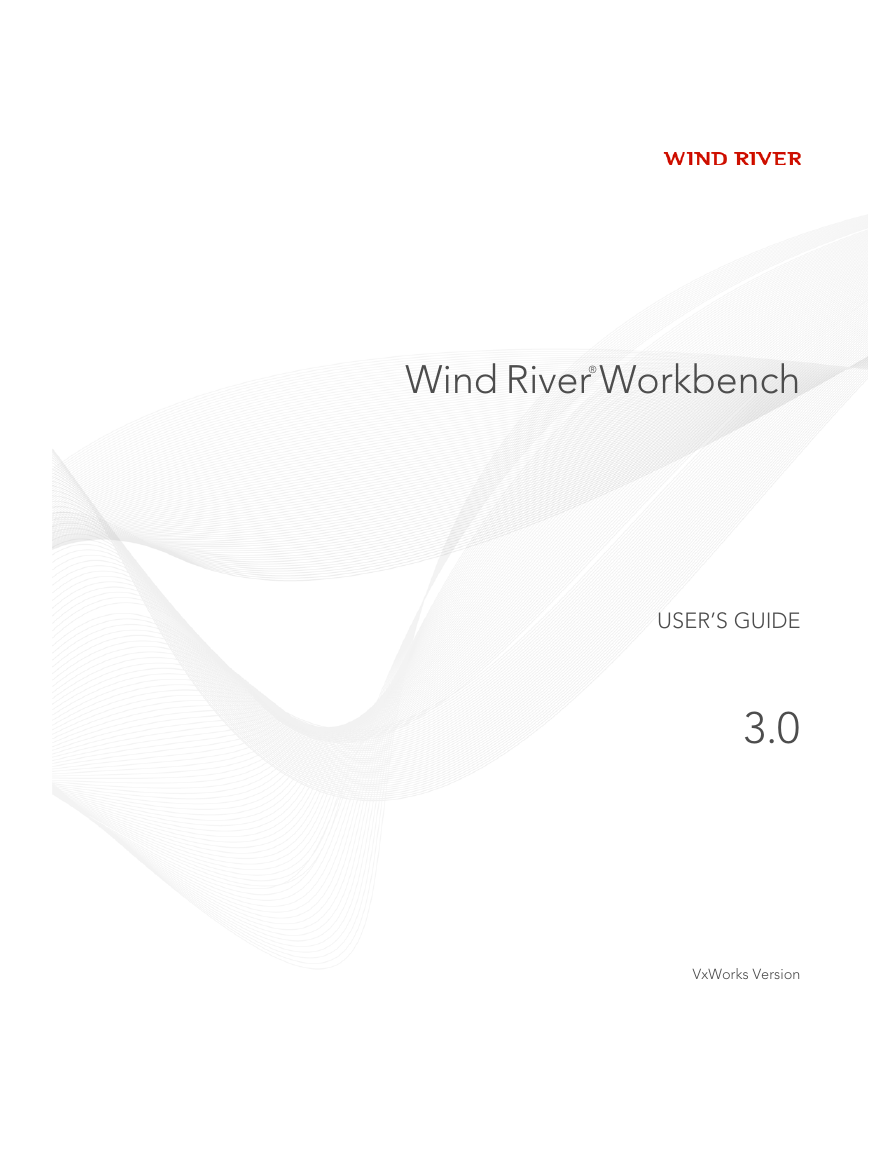

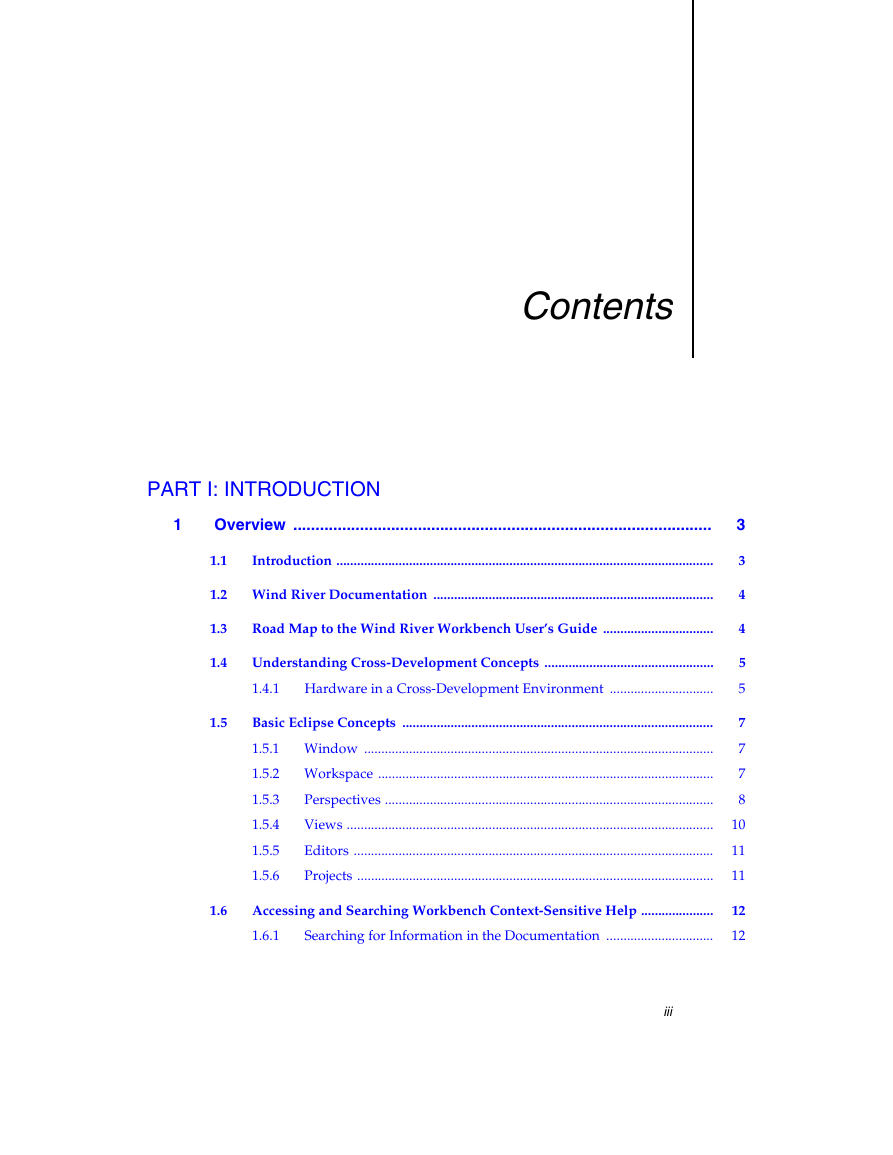

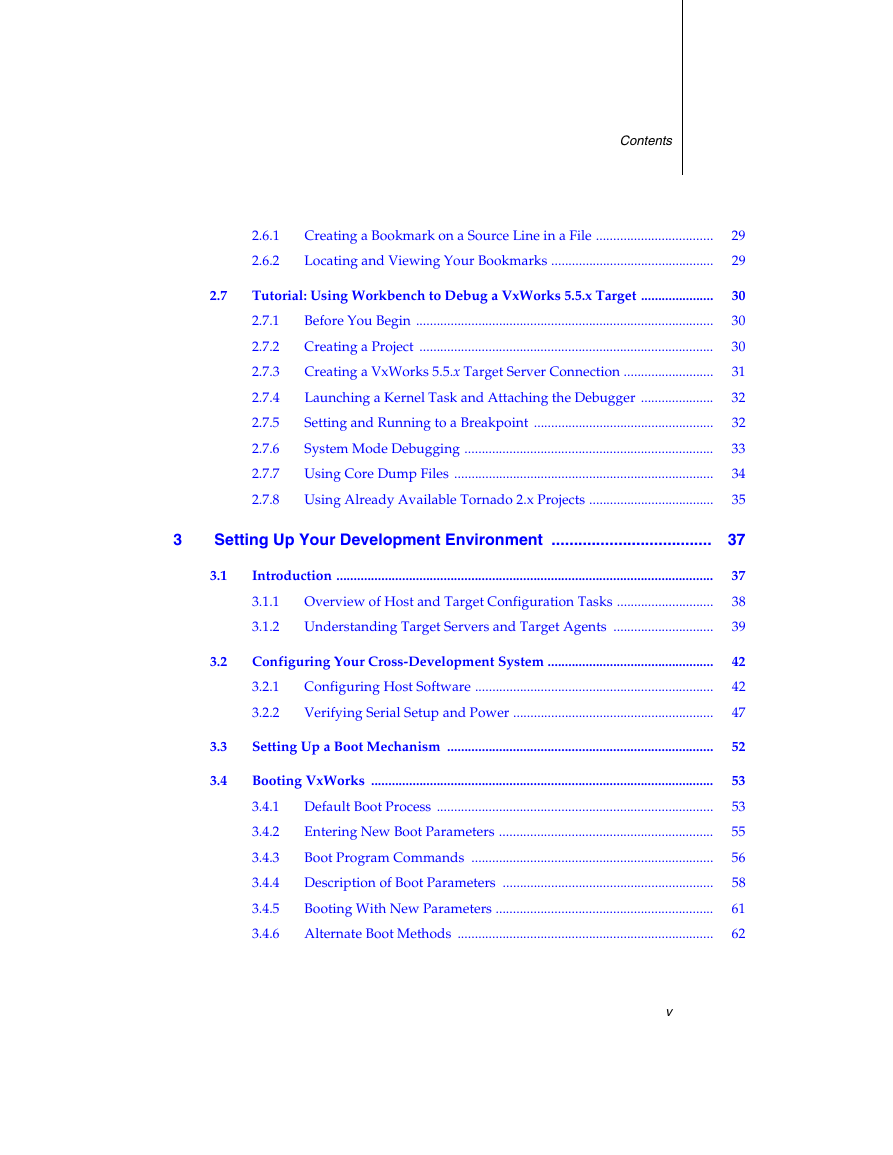
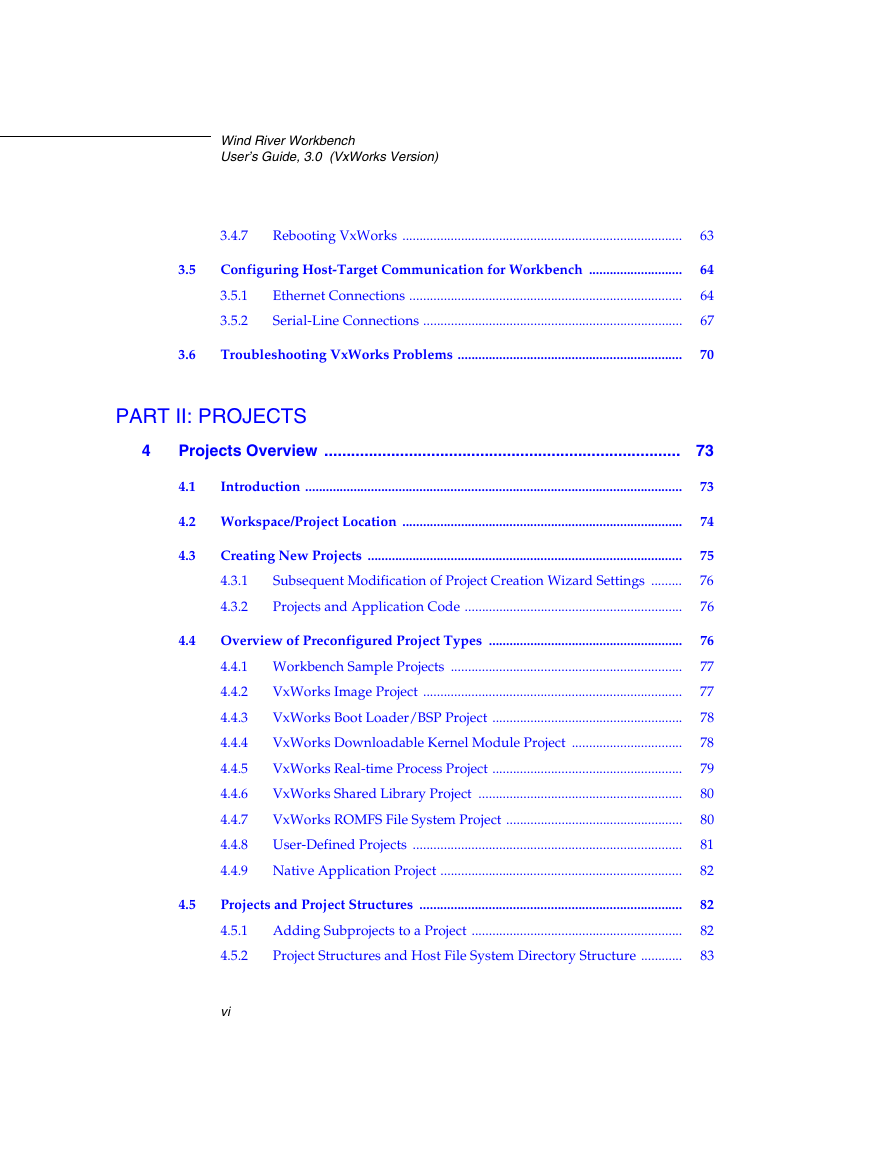

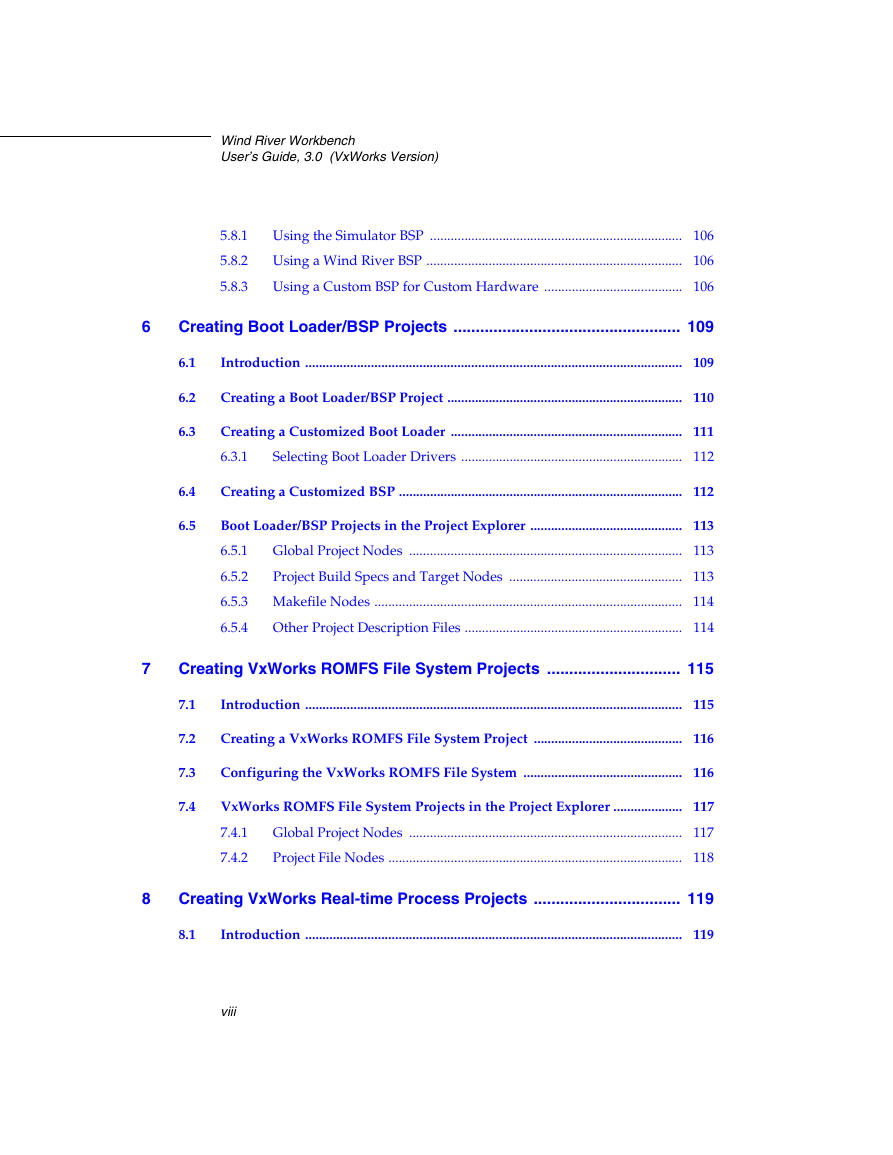








 2023年江西萍乡中考道德与法治真题及答案.doc
2023年江西萍乡中考道德与法治真题及答案.doc 2012年重庆南川中考生物真题及答案.doc
2012年重庆南川中考生物真题及答案.doc 2013年江西师范大学地理学综合及文艺理论基础考研真题.doc
2013年江西师范大学地理学综合及文艺理论基础考研真题.doc 2020年四川甘孜小升初语文真题及答案I卷.doc
2020年四川甘孜小升初语文真题及答案I卷.doc 2020年注册岩土工程师专业基础考试真题及答案.doc
2020年注册岩土工程师专业基础考试真题及答案.doc 2023-2024学年福建省厦门市九年级上学期数学月考试题及答案.doc
2023-2024学年福建省厦门市九年级上学期数学月考试题及答案.doc 2021-2022学年辽宁省沈阳市大东区九年级上学期语文期末试题及答案.doc
2021-2022学年辽宁省沈阳市大东区九年级上学期语文期末试题及答案.doc 2022-2023学年北京东城区初三第一学期物理期末试卷及答案.doc
2022-2023学年北京东城区初三第一学期物理期末试卷及答案.doc 2018上半年江西教师资格初中地理学科知识与教学能力真题及答案.doc
2018上半年江西教师资格初中地理学科知识与教学能力真题及答案.doc 2012年河北国家公务员申论考试真题及答案-省级.doc
2012年河北国家公务员申论考试真题及答案-省级.doc 2020-2021学年江苏省扬州市江都区邵樊片九年级上学期数学第一次质量检测试题及答案.doc
2020-2021学年江苏省扬州市江都区邵樊片九年级上学期数学第一次质量检测试题及答案.doc 2022下半年黑龙江教师资格证中学综合素质真题及答案.doc
2022下半年黑龙江教师资格证中学综合素质真题及答案.doc